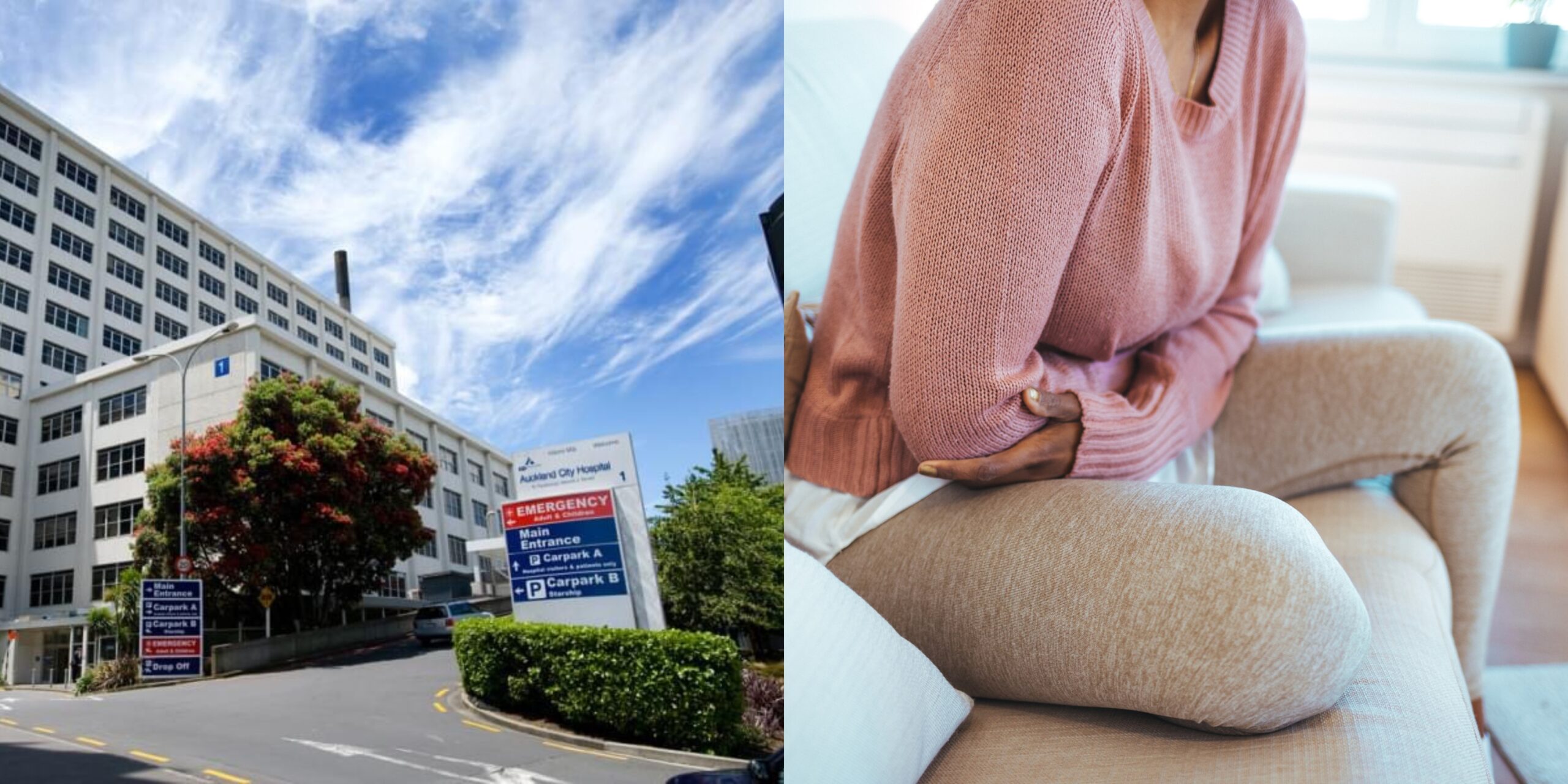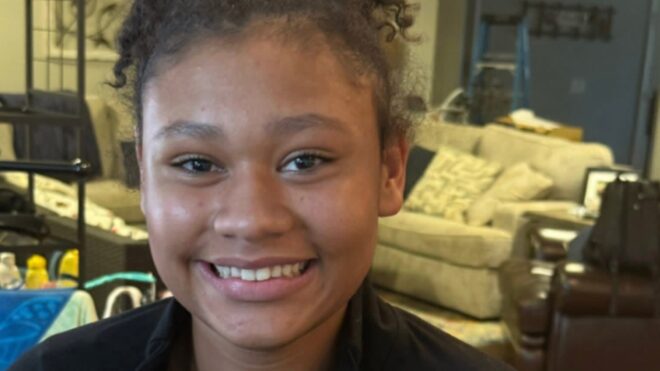
A woman's body goes through incredible amounts of change — often traumatic — during pregnancy and childbirth. For most women, the pain and discomfort subside in the weeks following childbirth while mom and baby get used to their new normal, but for some, it gets worse. A new mom from New Zealand had excruciating postpartum pain for months and knew something was wrong.
NBC News reported that an unnamed mom in her 20s gave birth via C-section in 2020 and continued to have "crippling" pain for 18 months after delivery. She complained to her doctor several times and finally ended up in the emergency room with debilitating pain before doctors found the source of her agony: a large piece of medical equipment left inside her body during the surgery.
More from CafeMom: 20 Things Moms Wish They Knew Before They Had a C-Section
Doctors performed the C-section due to pregnancy complications.
Auckland Health and Disability Commissioner Morag McDowell released a report Monday detailing the woman's experience at Auckland Hospital. According to the report, the mother was hospitalized for a C-section due to "elevated maternal body mass" and other medical conditions. The report noted that the surgeon provided her summary to the commission and that she had requested an "Alexis wound retractor," a soft round device used to draw back the edges of a wound during surgery.
"The surgeon performed a midline laparotomy and initially used a large-sized AWR. However, the surgeon stated that this was too small for the incision, so it was removed and replaced with an extra-large AWR. The senior registrar also referred to the replaced AWR. She stated: 'A midline incision was made and an Alexis retractor was inserted, however it was too small for the incision,'" the report stated.
"This was therefore removed and replaced with a larger Alexis retractor, which provided the visualisation required. The Case Review found that it was this second AWR (size XL) that was retained," the report continued. "It should be noted that the retractor, a round, soft tubal instrument of transparent plastic fixed on two rings, is a large item, about the size of a dinner plate. Usually, it would be removed after closing the uterine incision (and before the skin is sutured)."
The doctor allegedly did not remove the larger wound retractor.
McDowell explained in her report that at the time of the woman's C-section, the wound retractors were not included in the surgical count. A nurse was quoted in the report: "[A]s far as I am aware, in our department no one ever recorded the Alexis Retractor on the count board and/or included in the count. This may have been due to the fact that the Alexis Retractor doesn't go into the wound completely as half of the retractor needs to remain outside the patient and so it would not be at risk of being retained."
The mother complained of significant pain for months following her baby's birth.
The mother complained for months about the pain, and doctors could not figure out what was ailing her, NBC News reported. The wound retractor was reportedly undetectable on X-ray, which may have contributed to the woman's suffering.
"The woman experienced episodes of pain over a significant period of time following her surgery until the AWR was removed in 2021. I accept her concerns regarding the impact this had on her health and wellbeing and that of her family," McDowell wrote, according to NBC News.
The health authority argued that the doctors provided sufficient care.
The Auckland health authority, Te Whatu Ora Te Toka Tumai, responded to the report that wound retractors should have been included in surgical counts, and the report had "insufficient basis to find that there was a failure to exercise reasonable care and skill in this case."
Mike Shepard, Te Whatu Ora's group director of operations for Auckland, said in a statement obtained by NBC News, "I would like to say how sorry we are for what happened to the patient, and acknowledge the impact that this will have had on her and her whānau [family]. For ethical and privacy reasons we can't comment on the details of individual patient care. However, we have reviewed the patient's care and this has resulted in improvements to our systems and processes which will reduce the chance of similar incidents happening again."
More from CafeMom: Raven-Symoné Admits She Had 3 Plastic Surgeries as a Teen Because of Body Shaming
McDowell is steadfastly holding the health care authority accountable.
After reviewing the case, McDowell determined the woman did not receive proper care, and that Te Whatu Ora Te Toka Tumai is responsible.
"However, I have little difficulty concluding that the retention of a surgical instrument in a person's body falls well below the expected standard of care — and I do not consider it necessary to have specific expert advice to assist me in reaching that conclusion. This is a consistent approach to the precedent cases, as well as the nursing and surgical advice in opinion 19HDC00159 (as reported in that opinion), which concluded that retention of the AWR, of itself, constituted a serious deviation from the standard of care," McDowell stated.
"In reaching this conclusion, I have also formed the view that while individuals hold some measure of accountability in this respect, this is a systems failure for which Te Whatu Ora Te Toka Tumai Auckland holds responsibility. I therefore find Te Whatu Ora Te Toka Tumai Auckland in breach of Right 4(1) of the Code."




